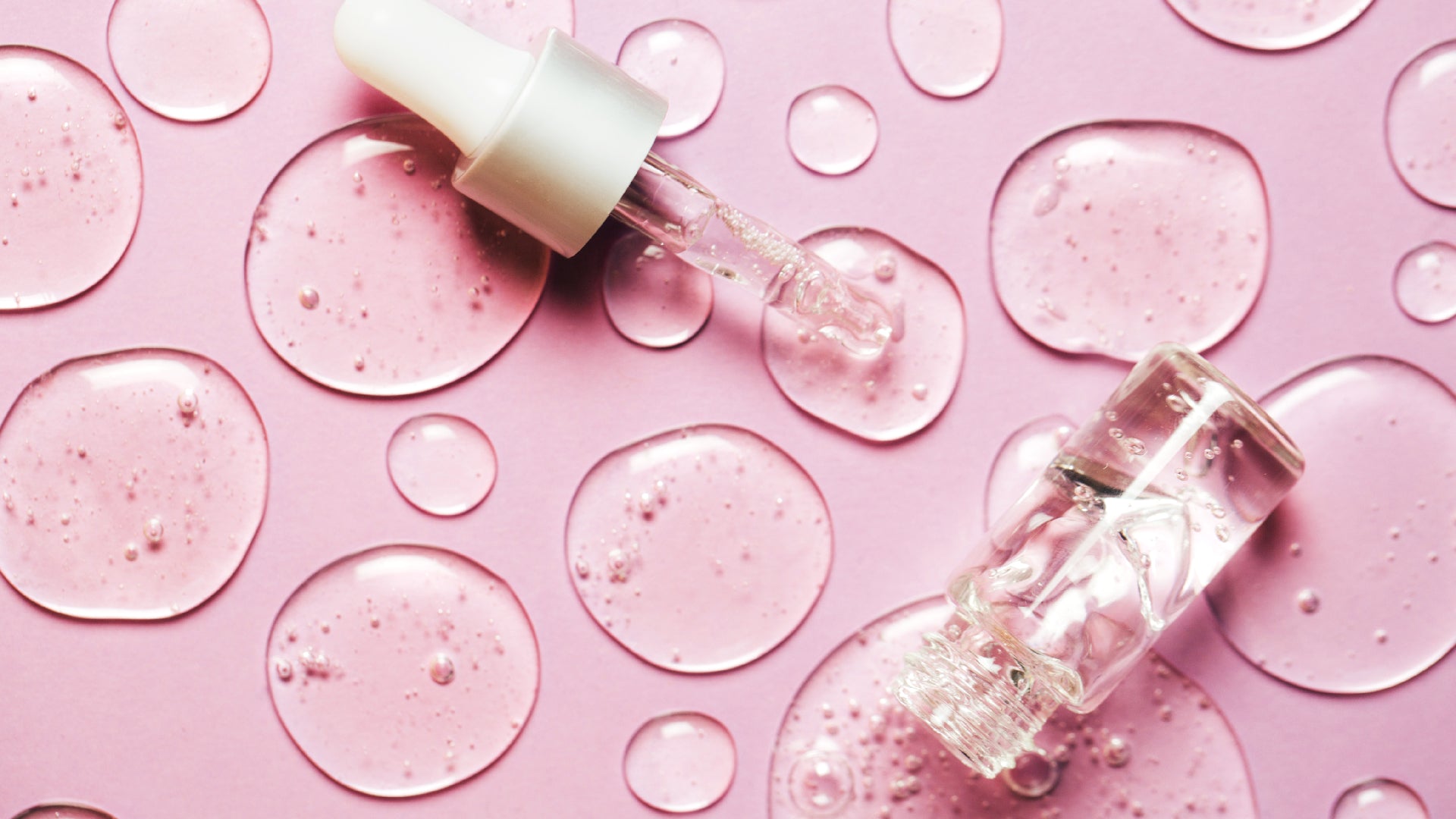
Squalene Vs Squalane: What’s The Difference?
Squalene, squalane… tomayto, tomahto. Actually, stop right there, because that one letter makes more of a difference than you might think. (Just to be clear, we’re talking about the skincare ingredient, not your favorite salad ingredient…)
By now you’re probably well versed in the likes of retinol, tretinoin, peptides and hyaluronic acid. But squalene and squalane? These two are a whole different ballgame. For starters, the words look and sound almost EXACTLY THE SAME, but the ingredients themselves? Not so much. Now, if we didn’t know better, we’d think those science bods were doing everything in their powers to confuse us. But they have better things to do than worry about confused skincare fans wondering what on earth squalene and squalane are...
And thankfully, that’s why we’re here.
So, what’s the connection between squalene and squalane and how are they different? OK, here we go…
What Is Squalene With An ‘E’?
In the red corner we have squalene, a naturally-produced polyunsaturated hydrocarbon that makes up around 12-13 percent of your skin’s sebum. Don’t worry about the polyunsaturated thingamajig bit. Just know that squalene is a lipid found in the oil that helps keep your skin moisturized and hydrated by preventing transepidermal water loss (TEWL), as well as protecting it from environmental damage. So, yes, it’s kind of important. Actually, it’s really important.
Like most of the good stuff in your skin (think collagen, hyaluronic acid and co.), your levels of squalene deplete with age, which is why skin generally feels drier, rougher and more dehydrated after the age of around 30. And this is where skincare steps in, hoping to replace all the squalene your skin loses with topical squalene that’s been sourced by other means.
This is where the problem lies. Unfortunately, as a skincare ingredient, squalene is rather unstable, meaning it oxidizes and becomes pretty useless when it’s exposed to air. Another black mark is that, historically, it was harvested from shark liver oil because this particular squalene was shown to closely mimic our own. Thankfully, it can now be sourced from plants like olives, rice bran, sugar cane and wheat germ, but still, its instability and short shelf-life remain.
What Is Squalane With An ‘A’?
The reason squalane and squalene are so alike is because the former is a derivative of the latter. For fear of getting too sciencey on you, squalane is a hydrogenated type of squalene. Hydrogenation means hydrogen has been added to it to make it less likely to react with oxygen. This process not only makes squalane a much more stable emollient than squalene, but it also creates a softer, lighter and more user-friendly version of this skin-moisturizing lipid.
More good news: squalane is just as effective as squalene. Group hug.
What Are The Benefits Of Squalene And Squalane?
Both have similar moisturizing benefits, and they’re ideal for all, as they’re very well tolerated by most skin types. They’re great for dry and mature skin, but equally as effective if you have oily or acne-prone skin. Because they help heal and fortify the skin’s barrier function and reduce TEWL, they’re also often a go-to for relieving symptoms associated with conditions like psoriasis and eczema.
So, As A Skincare Ingredient, Is Squalane The Best Option?
Yes and no. For sure, squalane is more user-friendly and has a longer shelf-life, but it can still be sourced from shark liver oil, so don’t think it’s always the innocent party here. Some people believe squalane is only ever derived from plants, while squalene is the bad guy that’s always harvested from deep sea sharks. Not true. To reiterate, they can both unethically come from sharks and, unless a skincare company tells you otherwise, you should always presume the worst. Why so? Because a.) plant-derived squalene and squalane are around 30 percent more expensive to source and manufacture than the shark alternatives, and b.) unfortunately, the whole sorry business is, as yet, unregulated. Sigh.
How To Make The Right Choice
Always scrutinize your products’ ingredient lists and look out for phrases like ‘100 percent plant-derived’, ‘vegan-friendly’, ‘cruelty-free’ or ‘vegetable-based.’ And if it’s still not clear, contact the manufacturer to demand full disclosure. No BS.
Better yet, stick with us! We use sustainable squalane extracted from olive oil across all our skincare products because we care about the world we live in and don’t mind spending a little extra in order to look after our oceans and climate. Check out our Hyaluronic Acid Eye Cream and Vitamin C Super Serum+ and you’ll see ‘olive oil squalane’ sitting right there among all the other awesome, plant-powered ingredients.
Simple solution, right there.





